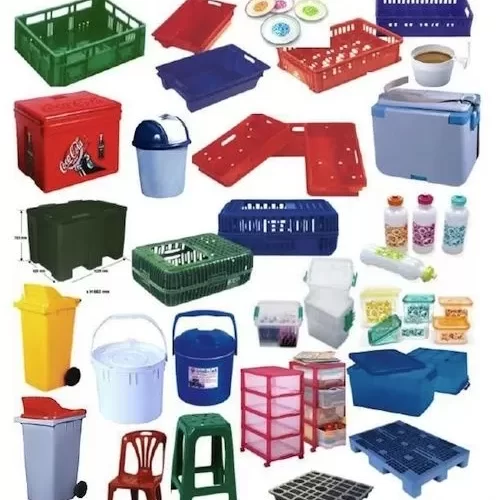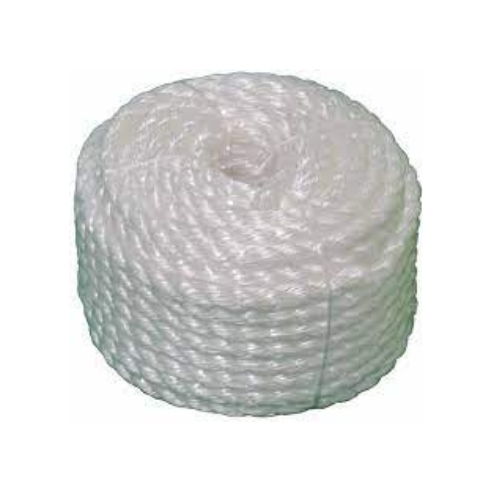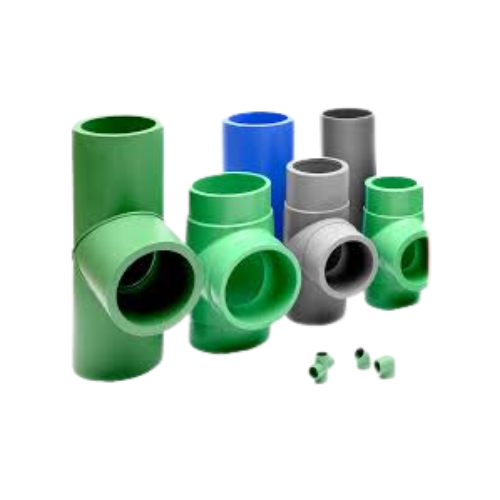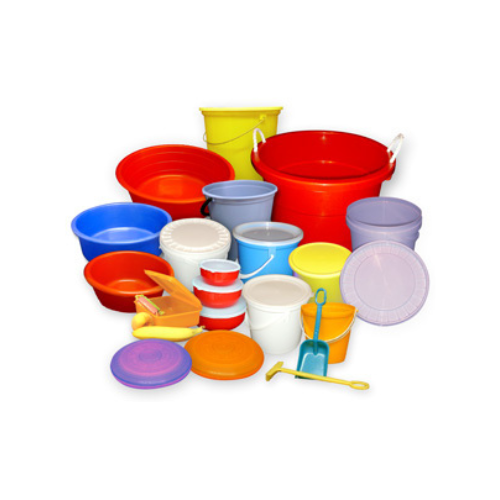PP

Ever ponder why toys can withstand so much gnawing, slamming, and throwing? Or why your shampoo bottle’s cap can withstand being opened and closed repeatedly? Both goods are probably composed of polypropylene plastic, which accounts for their remarkable toughness.
This is also known as PP plastic and is the second most widely used plastic. Strong, long-lasting, and impervious to several outside influences are its well-known qualities.
Application
The intrinsic usage of polypropylene (PP) plastic in commonplace products including kitchenware, toys, vehicles, sportswear, plastic pallets, and even lab and medical equipment may surprise you.
Chemical Resistance: PP exhibits resistance to a wide range of chemicals, making it an excellent material for plastic pallets and other containers that are exposed to these kinds of substances.
Biological Resistance: When exposed to fungus and bacteria, PP plastic does not break down or grow mold.
Water Resistance: The high degree of impermeability of this material is a necessary attribute for applications involving complete immersion, such as those in industry and medicine.
Fatigue Resistance: Polypropylene’s fatigue resistance makes it a perfect material for living hinges since it can withstand bending or twisting without losing its form. Shampoo lids are constructed of plastic for this reason.
Insulation: Because PP plastic has a high electrical resistance, it is the preferred material for electronic components.

Types
Raffia
A popular option in many different sectors and applications, raffia is prized for its strength, light weight, and adaptability. Raffia goods, such as woven bags, sacks, and other objects, are frequently made from these fibers. A few industries that utilize and use PP raffia include packaging, farming, building, fishing, and the geotextile sector.
Using Injection Molding
A popular manufacturing technique for creating a variety of plastic goods utilizing polypropylene as the basis material is called injection molding (PP). This technology is both economical and adaptable, enabling the production of an extensive range of plastic items. The production of caps and closures, containers, and packaging are common uses for the PP injection molding technology.


Fiber
Weightlessness, moisture resistance, and adaptability in a range of uses are the qualities that make polypropylene fibers valuable. Because of its unique properties, PP fibers may be used in a wide range of sectors, from textiles to construction and more. Owing to a special mix of characteristics, these fibers have a wide range of uses. Geotextiles, concrete reinforcement, carpeting and rugs, apparel and textiles, rope, and twine are a few popular applications for polypropylene fibers.
PP-R
Comparing PP-R PP random copolymer to homopolymer PP, the former offers better clarity, flexibility, and impact resistance. It is frequently selected for use when these characteristics are essential. Application commons include food containers, housewares, thin-wall packaging, and parts that need to be both robust and clear.


PP-H
The most popular kind of PP homopolymer for injection molding applications is PP-H. Its strong rigidity, impact resistance, and chemical resistance are all well-balanced. It is used in the manufacturing of parts and products that include housewares, consumer goods, automotive components, caps and closures, and containers.
Packing & Storage:
25 Kg Bags, Palletized or 1,000 Kg Jumbo Bags
